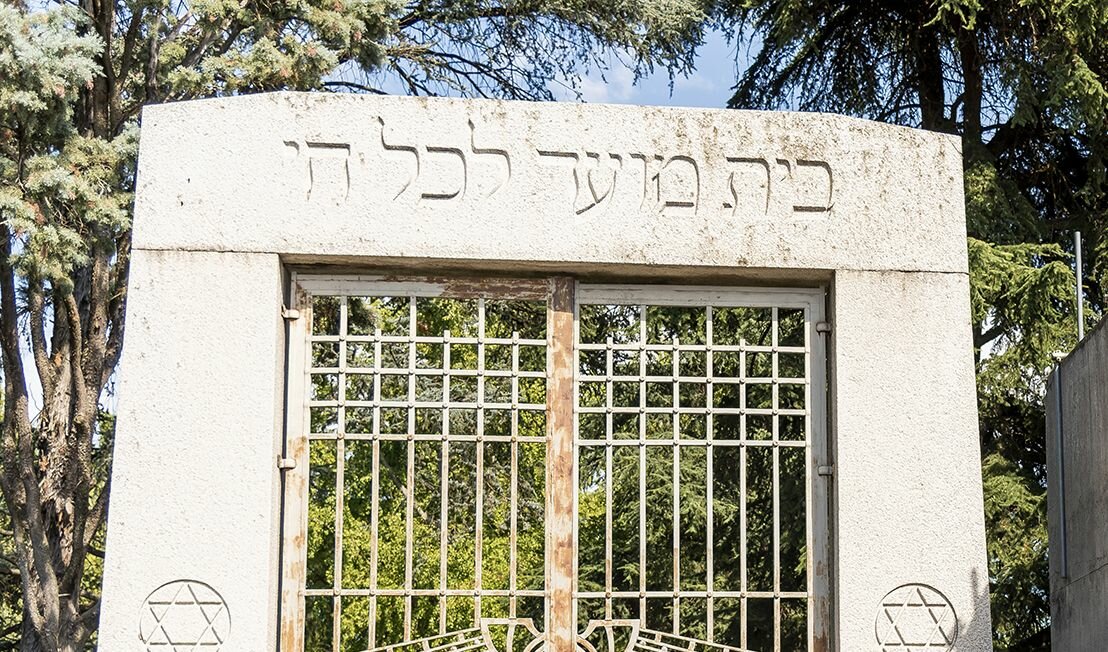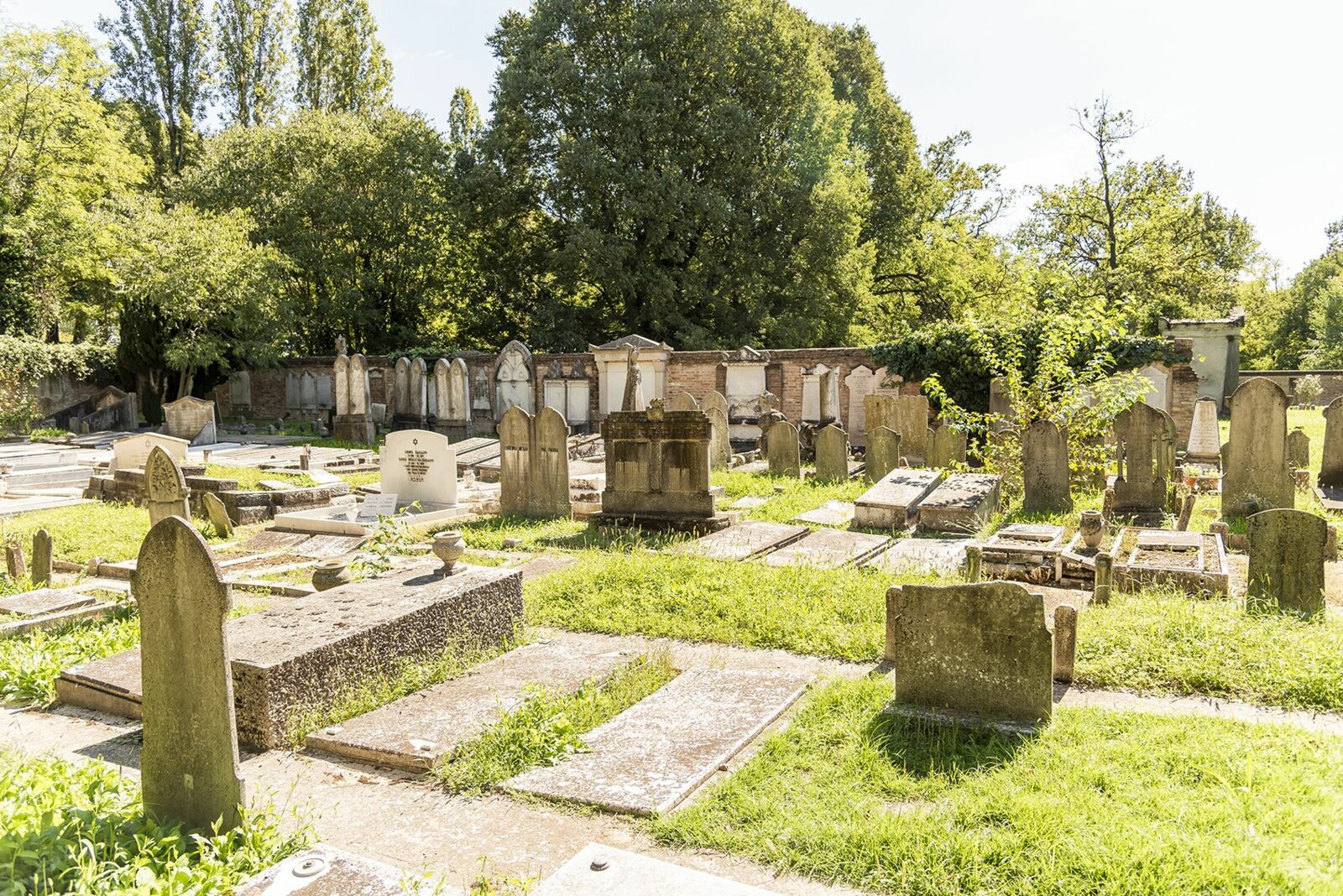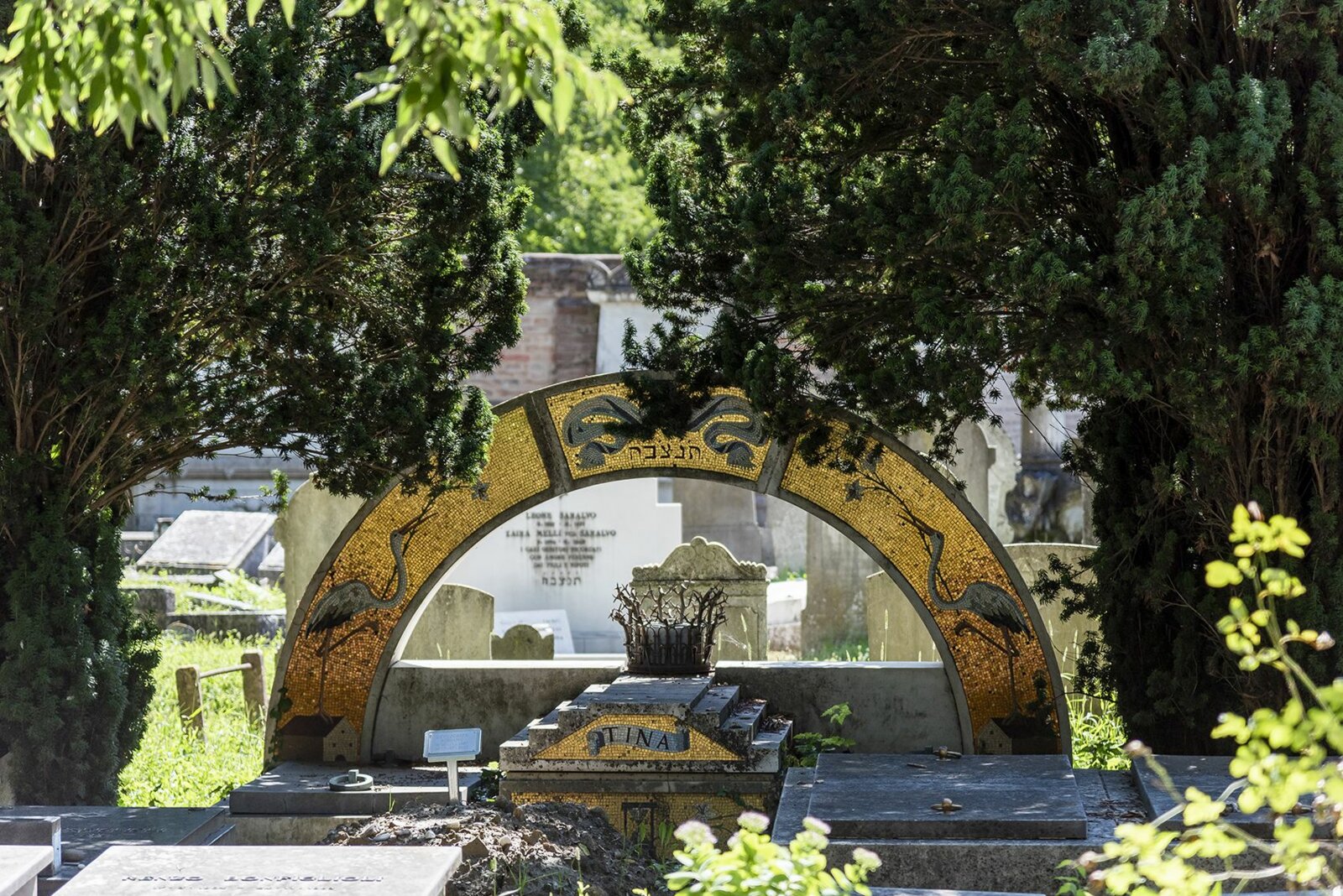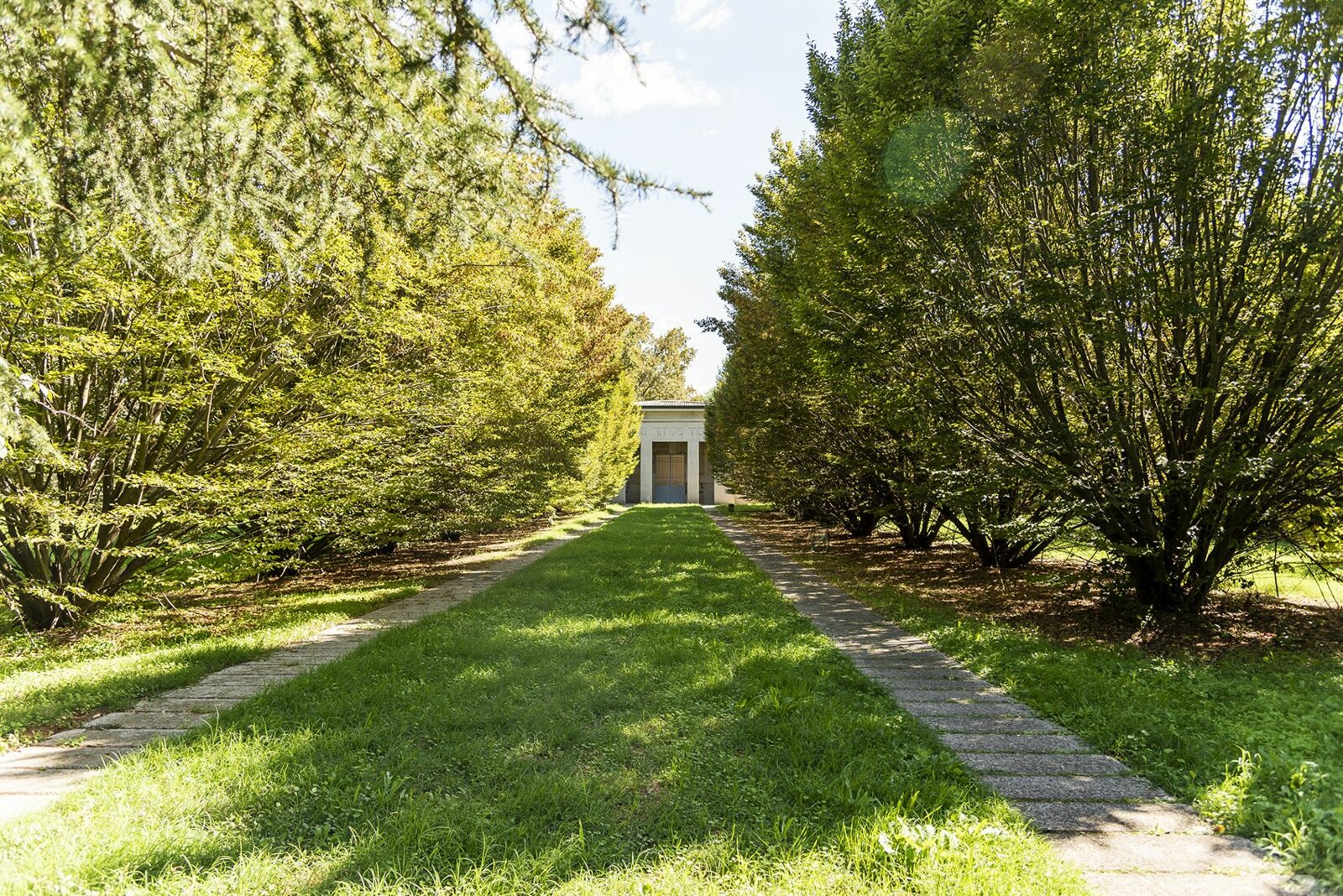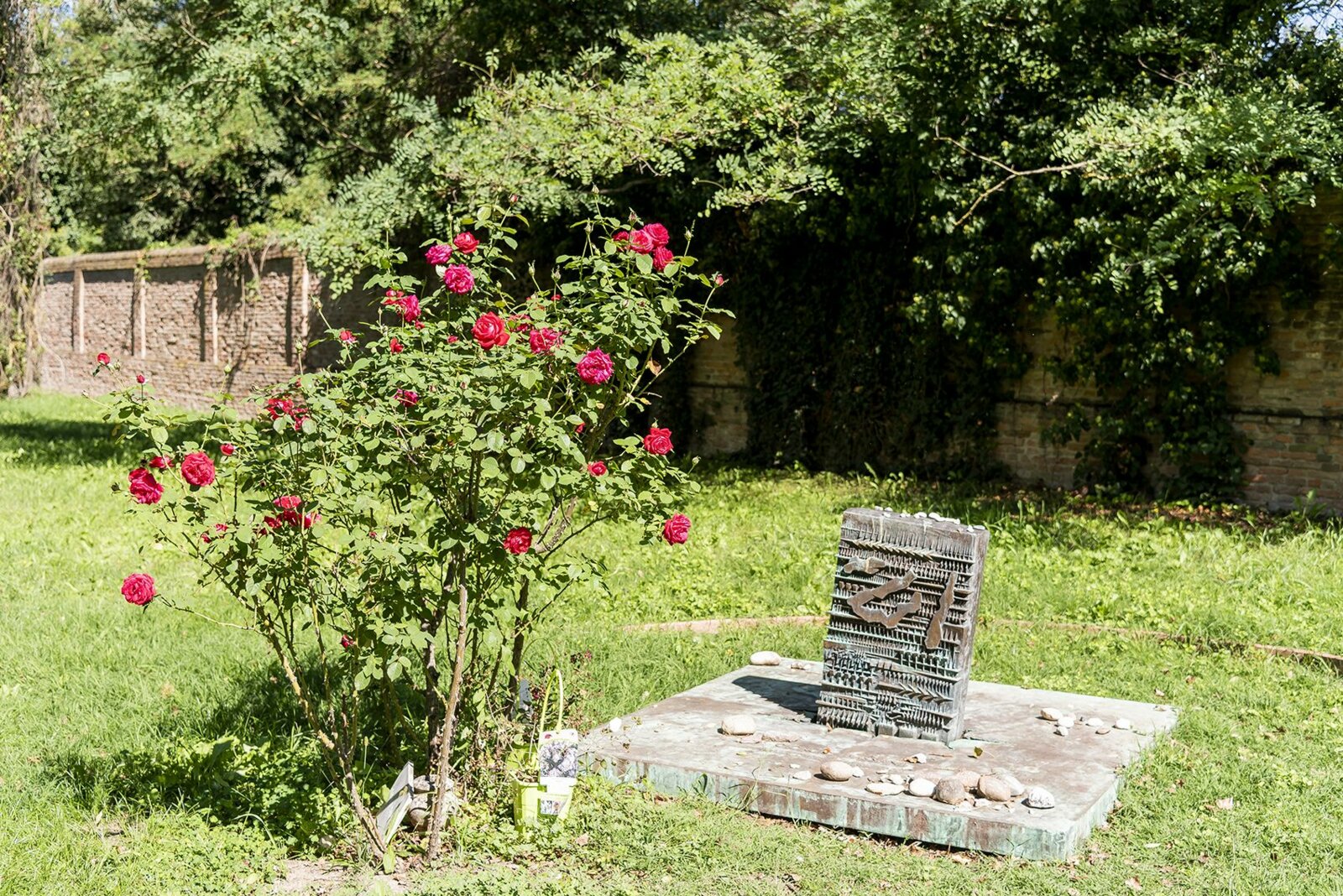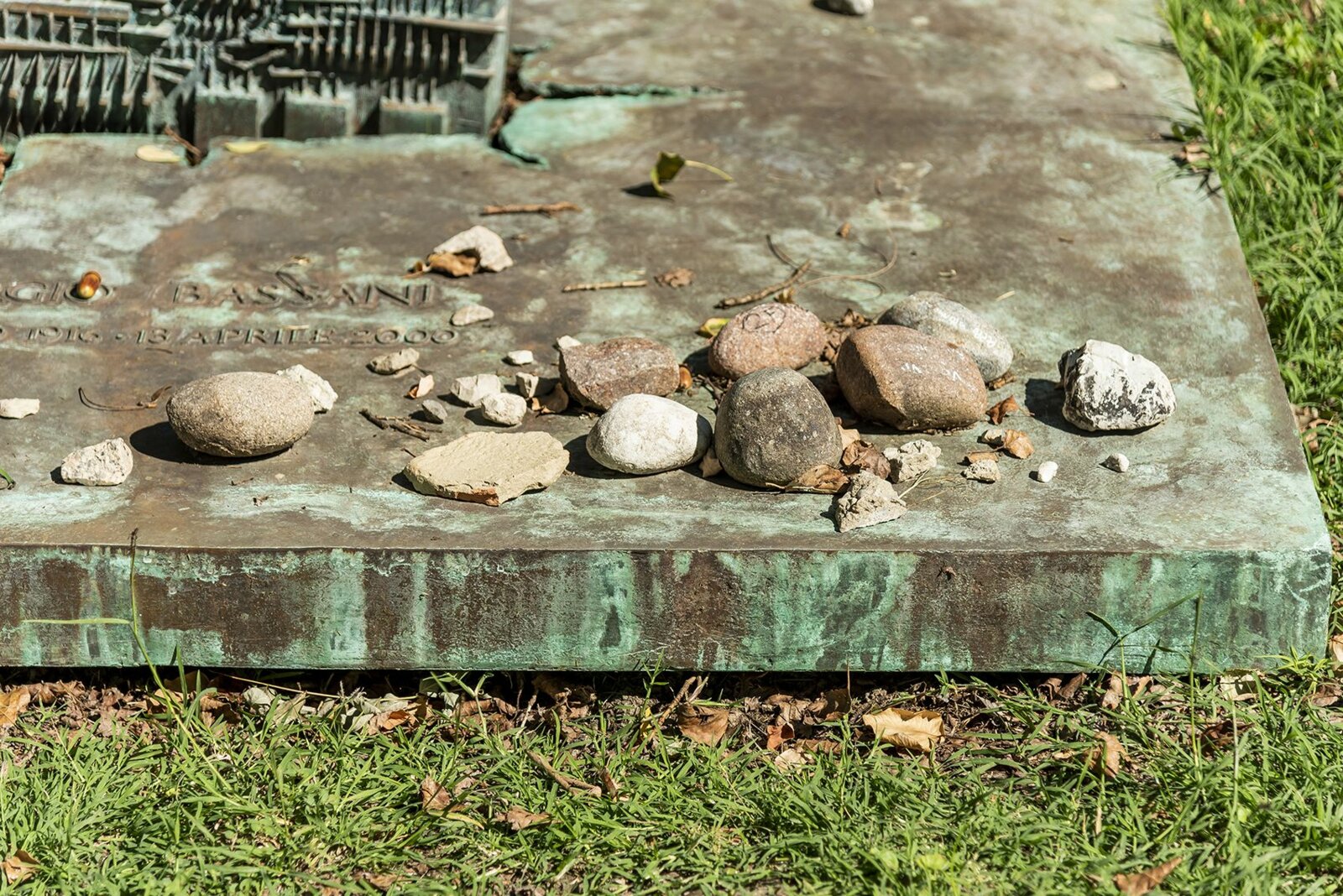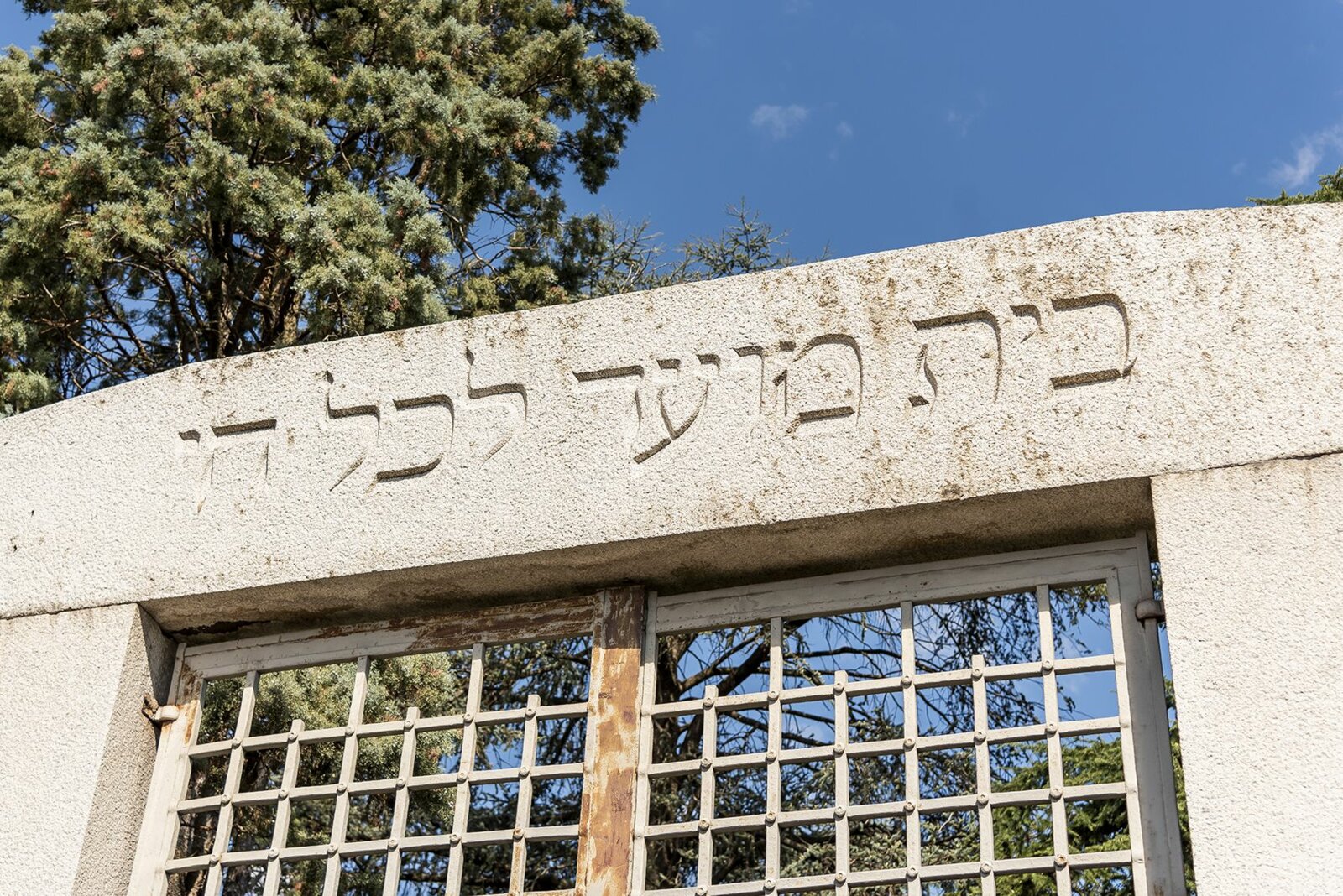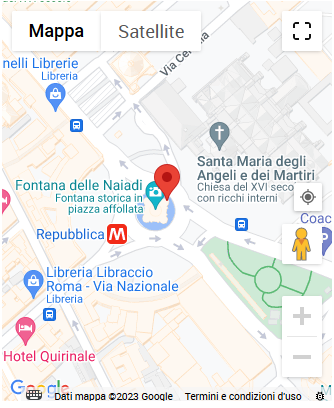Potrebbe interessarti anche

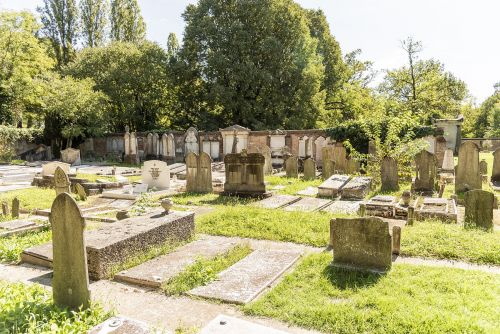
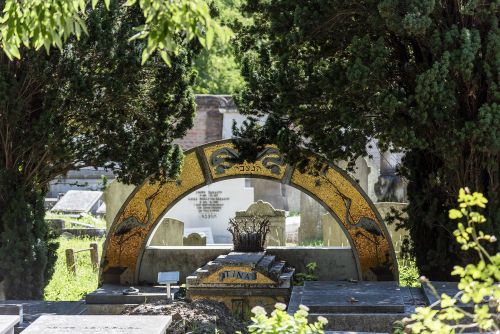
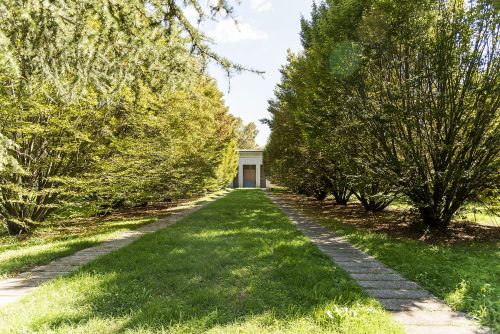
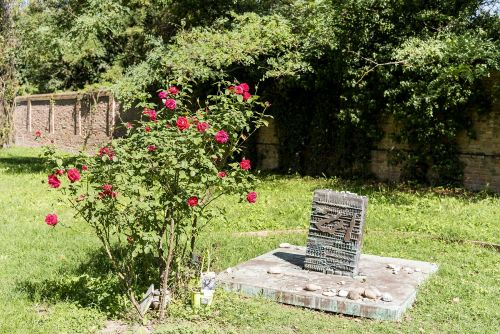
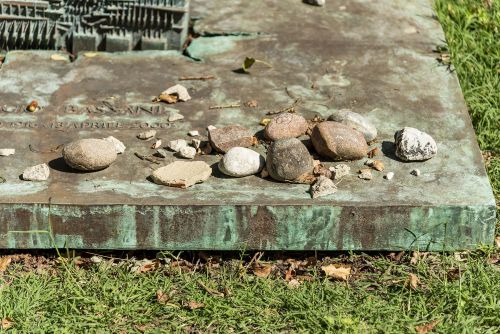
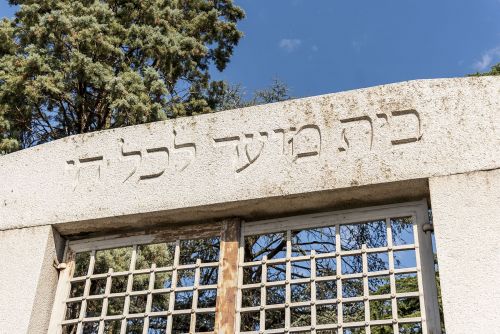
Jewish Cemetery
Embraced by greenery, though within the city walls, the Jewish Cemetery of Ferrara is the oldest in Emilia-Romagna, a place of recollection, silence and splendour. Once you cross the majestic gateway located at the end of Via delle Vigne, you will be surprised by the size of this place, which seems to expand without an end.
Jewish Cemetery - Historical Notes
The area, formerly known as Orto degli Ebrei, was acquired by the city's Jewish community approximately between the 16th and 17th centuries. Following the devolution of the Este family in 1598, Ferrara was no longer the welcoming and serene oasis for the Jewish people it had been in previous centuries. New rules and restrictions were imposed by the papal kingdom that came to power, including the prohibition of public funerals. Over the nearly four centuries since its founding, the cemetery was expanded several times. In the last intervention in 1911, a monumental granite entrance was built following the design of architect Ciro Contini.
Giorgio Bassani, a famous Ferrara writer who died in 2000, rests in the green garden of Ferrara's Jewish Cemetery. A memorial to him was created in 2003 by sculptor Arnaldo Pomodoro and architect Piero Sartogo.
You may not know about...
THE PEBBLE OF THE HEART. Respectfully walking through the cemetery, you can find many small pebbles on the graves. This is an ancient custom, dating back to Abraham's nomadic life in the desert. Since back then there was no fixed settlement, burials took place along the way and the only way to mark the burial was to place a pebble on top of the mound. This tradition remains alive today: every time someone visits the grave of a loved one, they place a pebble on the headstone using their left hand, the hand of the heart. This is a symbolic gesture with a double meaning: on the one hand, the deceased person is remembered, and on the other hand, the origins of the people of Israel are celebrated.
THE TOMBSTONE OF THE FINZI-CONTINES. It is no secret that the story told by Giorgio Bassani in The Garden of the Finzi-Contini is a literary invention, but the places mentioned often had a reference to reality, as in the case of the Jewish Cemetery in Ferrara.
In the first chapter of this literary work, Bassani reminisces about his youth: ‘[...] I went back with my memory to the years of my early youth, and to Ferrara, and to the Jewish Cemetery placed at the end of Via Montebello. I saw once again the large lawns scattered with trees, the tombstones and memorial stones gathered more thickly along the boundary and dividing walls, and, as if I even had it before my eyes, the monumental tomb of the Finzi-Contini [...]”.
BILINGUAL TOMBSTONES. The Jewish cemetery in Ferrara has about 800 tombstones, but those bearing inscriptions in Hebrew only number just over a hundred. All the others feature inscriptions in both languages.

